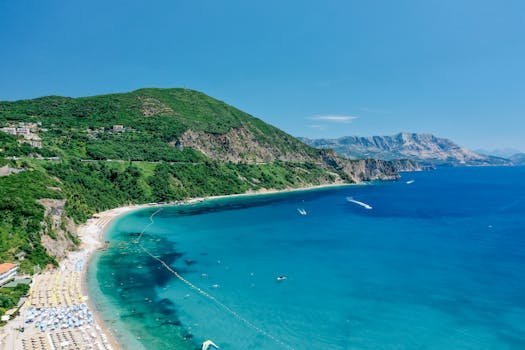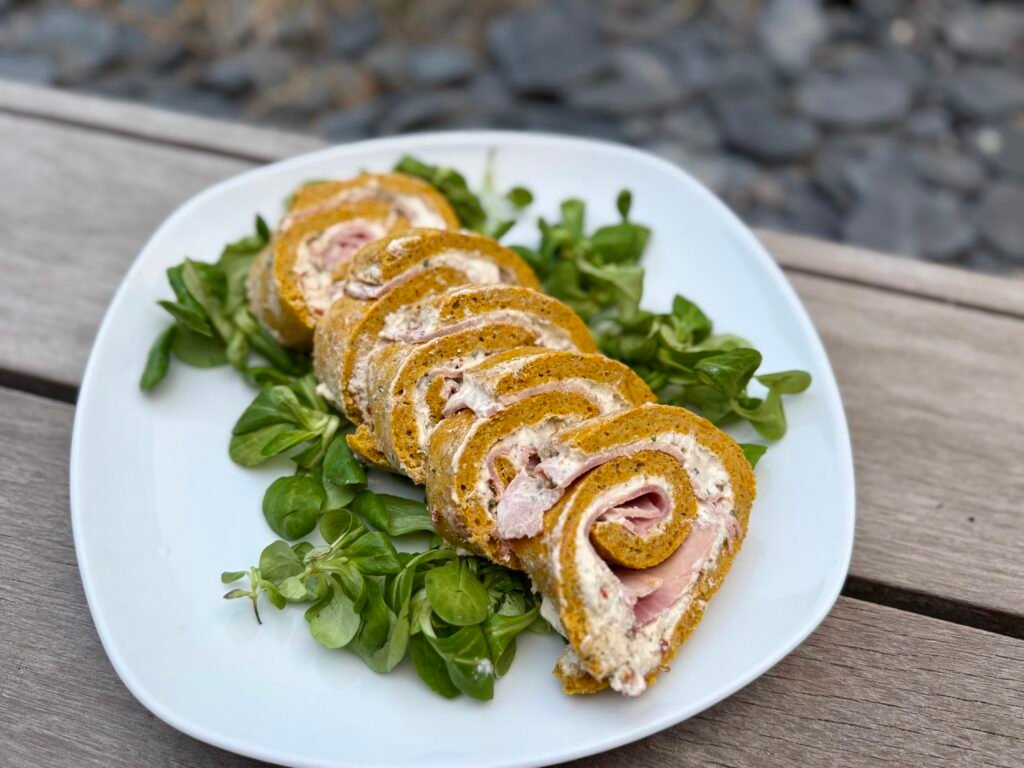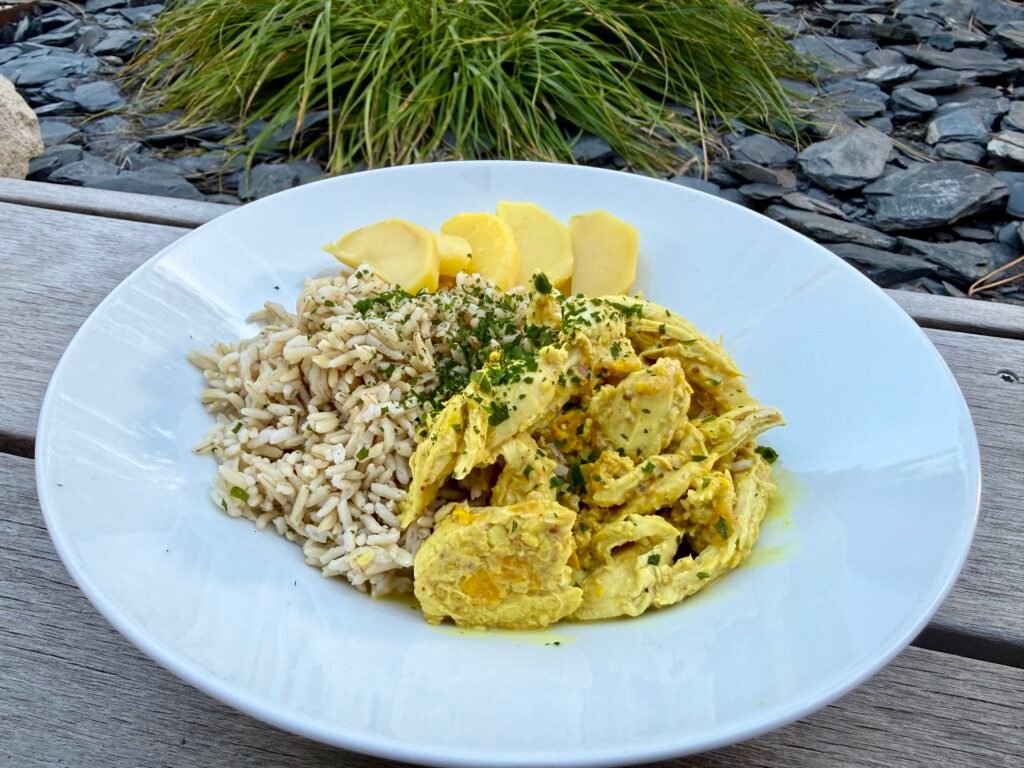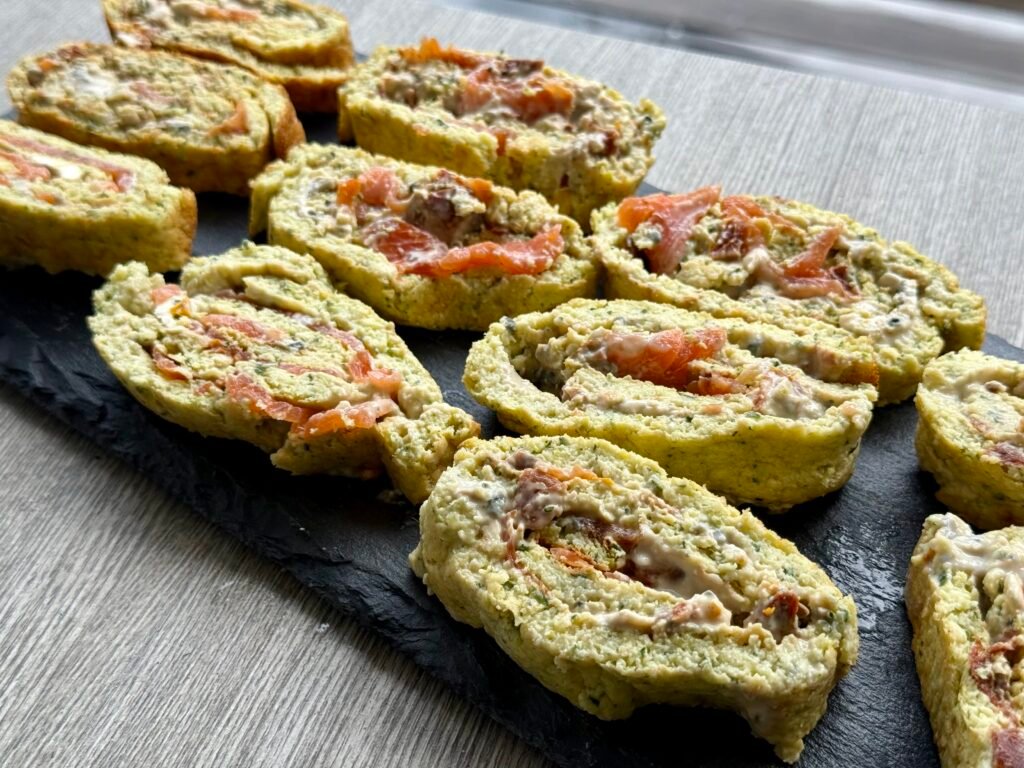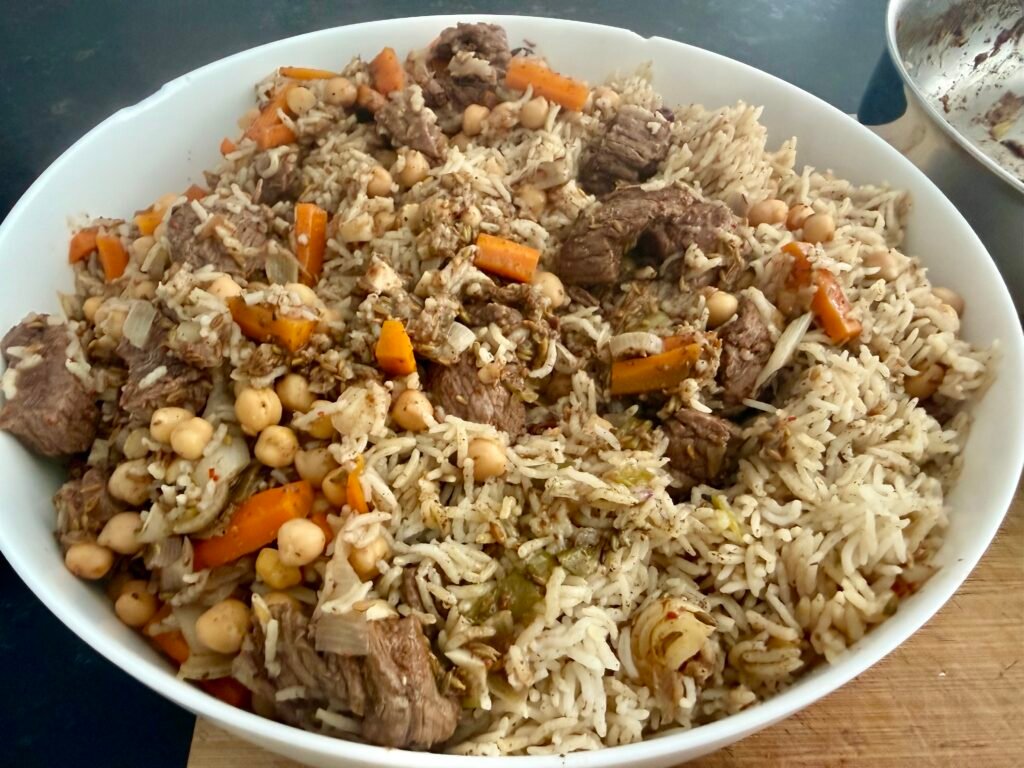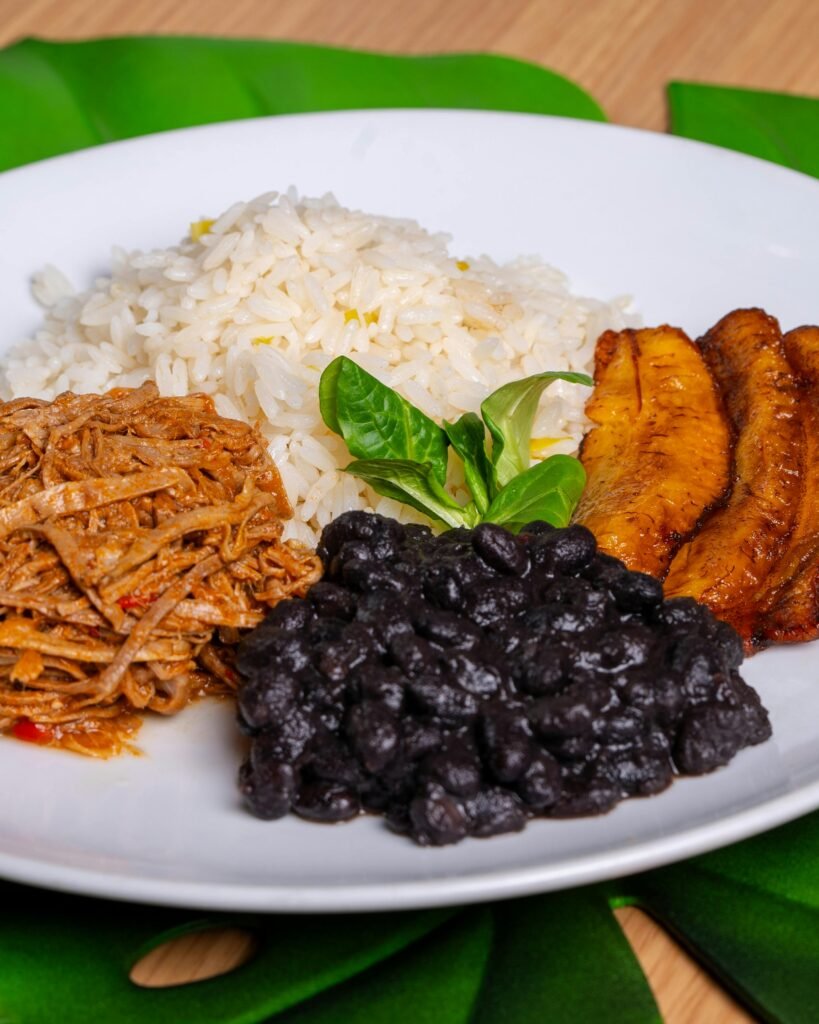Montenegro, a small Balkan country nestled between the Adriatic Sea and the mountains of the Dinaric Alps, has a rich and eventful history. Its geographical location has made it a crossroads of civilizations, influenced by the Ottoman Empire, the Republic of Venice, and more recently the former Yugoslavia. After the collapse of Yugoslavia in the 1990s, Montenegro finally gained independence in 2006. Today, the country is a rising destination for travelers, attracted by its spectacular mountains, peaceful lakes, and coastal towns. picturesque. Montenegrin culture is a mix of Slavic and Mediterranean traditions, with cultural festivals, folk dances and a deep attachment to nature.
Montenegro offers a unique experience combining the historical heritage of the Balkan region and the untouched natural beauty of its landscapes.
Traditional Gastronomy and Gluten Free Options
Montenegrin cuisine is influenced by its Balkan and Mediterranean neighbors, with a strong presence of grilled meats, fresh vegetables and fish dishes. Although some traditional dishes may contain gluten, many naturally gluten-free options are available, including the use of ingredients like potatoes, rice and fresh vegetables.
Here are some naturally gluten-free Montenegrin dishes:
- Raštan : A dish of green cabbage cooked slowly with pork or beef, accompanied by potatoes. This traditional dish is naturally gluten-free.
- Ćevapi : Small grilled meat sausages, usually served with onions and grilled vegetables. This dish is naturally gluten-free if eaten without bread.
- Kacamak : A rustic dish of mashed potatoes and corn, often served with sheep's cheese. A naturally gluten-free option.
- Seafood Rizotto : On the Montenegrin coast, seafood is a must, and rizotto dishes, often accompanied by mussels or shrimp, are naturally gluten-free.
These dishes demonstrate the simplicity and robustness of Montenegrin cuisine, while being suitable for gluten-free diets.
The Must-See Things to Visit in Montenegro
Montenegro is a dream destination for nature, history and adventure lovers. Here are some essential sites to visit during your stay:
- Kotor : This walled city located in a beautiful bay is a UNESCO World Heritage Site. Its medieval streets, Venetian architecture and mountains in the background make it an unmissable destination.
- Durmitor National Park : An outdoor enthusiast's paradise, with opportunities for hiking, skiing and rafting in the Tara River canyon, one of the deepest in Europe.
- Skadar Lake : This lake, the largest in the Balkans, is a sanctuary for wildlife, including migratory birds, and offers scenic cruises on its calm waters.
- Budva : Famous for its beaches and old walled town, Budva is a popular seaside resort that mixes history and modernity, with a vibrant nightlife.
These places illustrate the wild beauty and natural diversity of Montenegro, an ideal destination for a trip balanced between relaxation and exploration.

